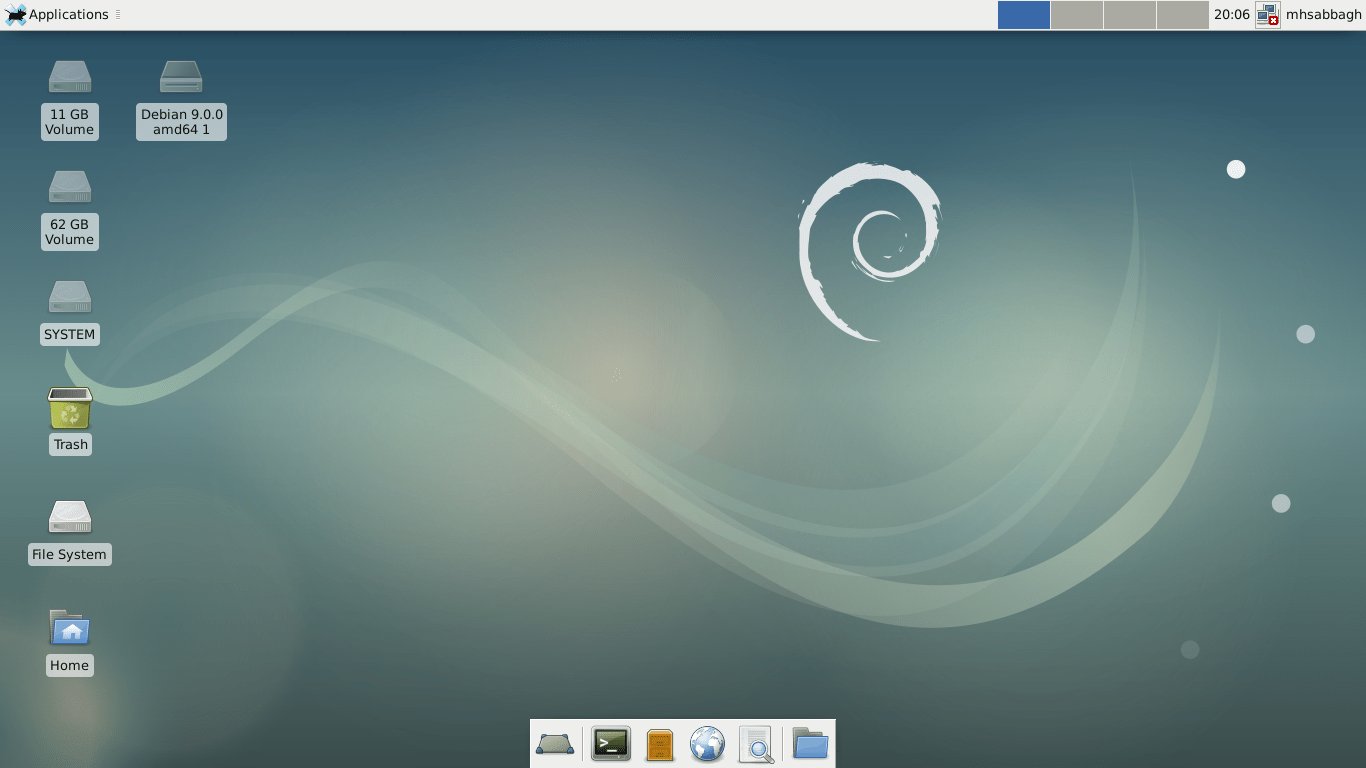

For additional help or useful information, we recommend you check the official Gulp.js website. Thanks for using this tutorial for installing the latest version of Gulp.js on the Debian system. Then, add the Gulp module to your project: npm install -save-dev gulpĪfter that, check the installed version of Gulp CLI and Gulp Module in your application: $ gulp -versionĬongratulations! You have successfully installed Gulp.js. Test command: "echo "How Are You" & exit 1"Ībout to write to /root/project/package.json: Save it as a dependency in the package.json file. Use `npm install ` afterwards to install a package and To install Node. The Node.js and npm packages are also available in the default Debian repositories. See `npm help init` for definitive documentation on these fields nvm alias default 10.16.3 Install Node.js and npm from the Debian default repository. It only covers the most common items, and tries to guess sensible defaults. Output: This utility will walk you through creating a package.json file. Next, switch to your existing Node.js application directory or create a new application with the below commands: mkdir my-project Now we the following commands to install Gulp CLI globally on your system: npm install -g gulp-cli Make sure you have successfully installed node.js and NPM on your system: node -version

To check the installed version of node and npm, run the following command: node -v.

By default, both of them will be installed under /usr/bin. The output should look like this: This will also install npm. Then, install Node.js with the following command: sudo apt install nodejs Next, run the apt-get update and then install nodejs as follows: sudo apt-get update.


 0 kommentar(er)
0 kommentar(er)
